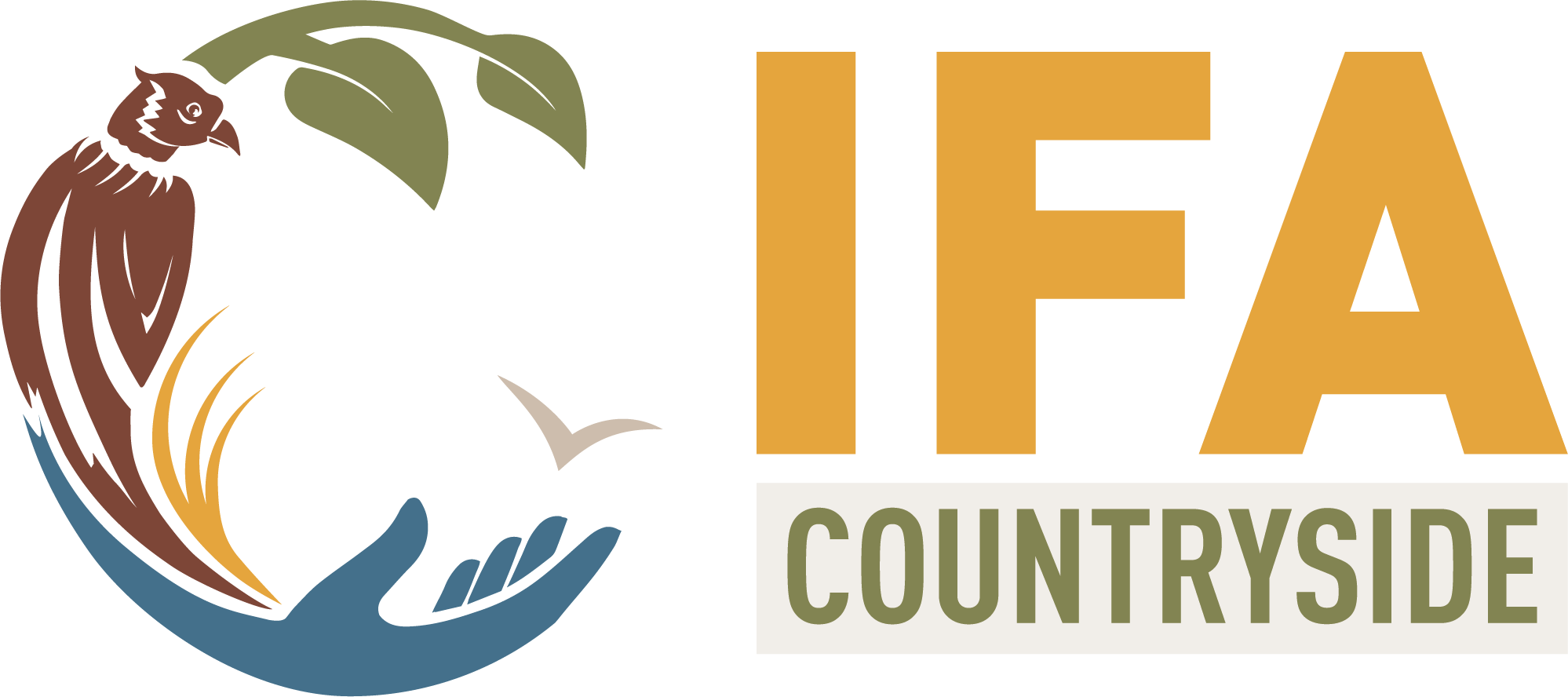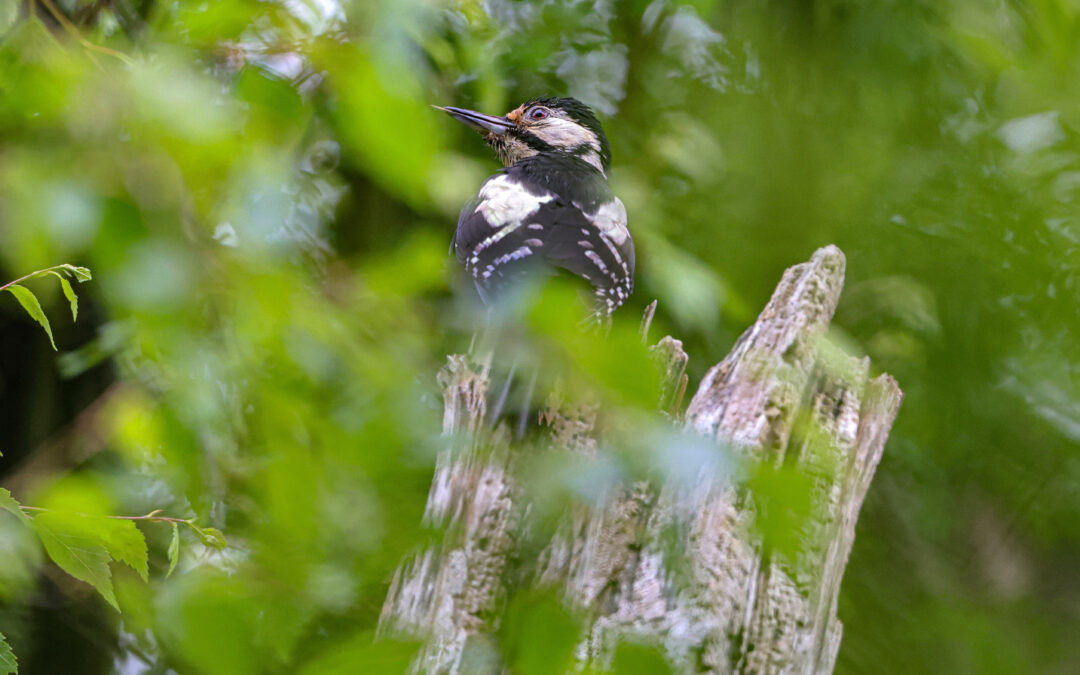
by ifacountryside | Jun 5, 2024 | Biodiversity, Conservation, countryside, Nature, NPWS, wildlife management
In recent weeks, staff and visitors at Killarney National Park have been entertained by the iconic sound of unexpected visitors – the Great Spotted Woodpecker. A breeding pair was confirmed for the first time to have produced a small number of chicks in the Park. The...
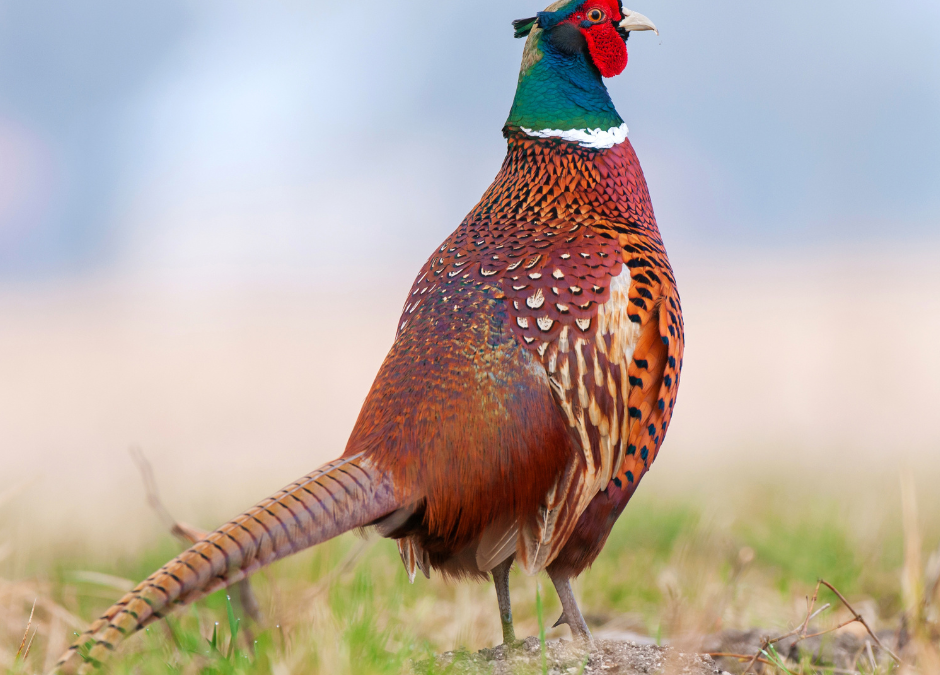
by ifacountryside | May 21, 2024 | Biodiversity, Conservation, countryside, Habitats, Nature, NPWS, Open Seasons, wildlife management
Extensive Public Consultation on the review of legislation to open in mid-June Review will update legislation to ensure that it protects nature and biodiversity loss Announcement is made during National Biodiversity Week, a ten day celebration of nature and...
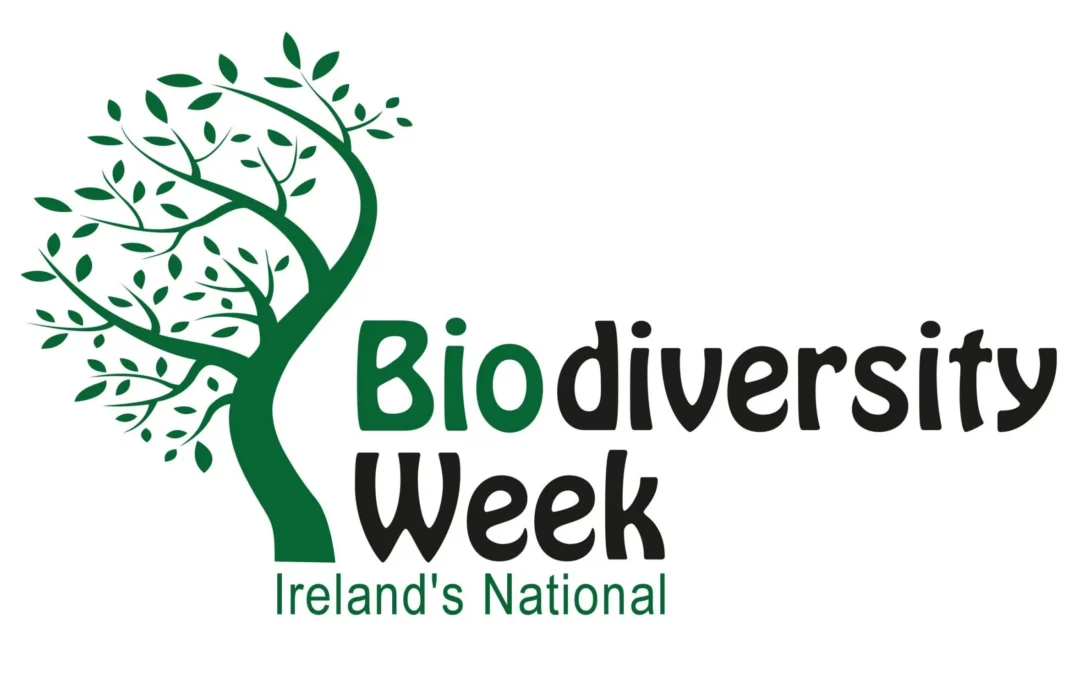
by ifacountryside | May 17, 2024 | Biodiversity, Conservation, countryside, Nature
More than 200 events over 10 days to celebrate nature and biodiversity Ireland’s nature and wildlife will take centre stage from 17-26 May, with over 200 events scheduled across the country for National Biodiversity Week. As well as highlighting the importance...

by Barbara Killeen | May 2, 2024 | Conservation, countryside, NPWS, wildlife management
The National Parks and Wildlife Service (NPWS) has confirmed that Cuach KP, one of the first Irish Cuckoos to be tagged as part of a Cuckoo Tracking Project, has landed home in Killarney National Park after a winter spent in the rainforests of the Congo Basin in...
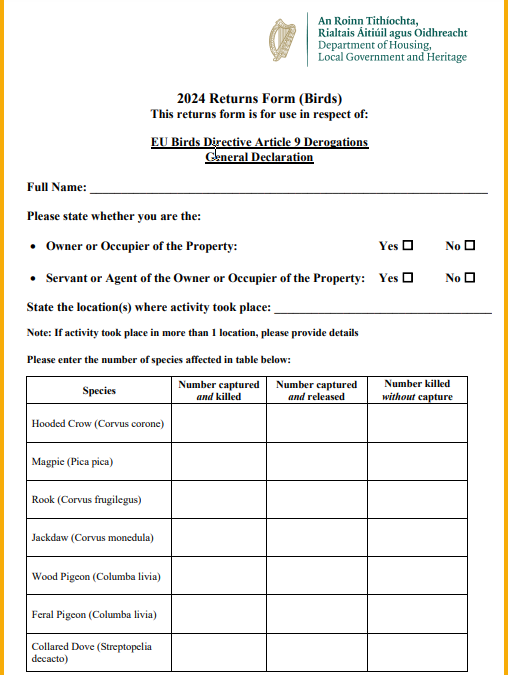
by Barbara Killeen | Apr 9, 2024 | Biodiversity, Conservation, NPWS, Open Seasons, Vermin Control, wildlife management
Recently, representatives from IFA and IFA Countryside met with the National Parks and Wildlife Service (NPWS) at their headquarters. Our discussion focused primarily on the Return form associated with the Article 9 Derogations under the EU Birds...
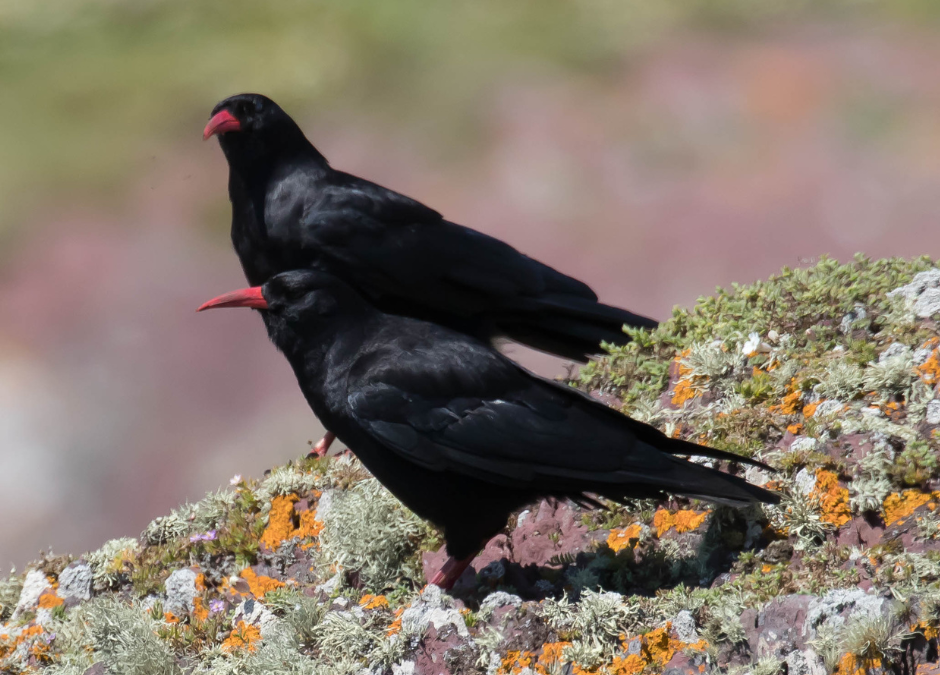
by Barbara Killeen | Mar 22, 2024 | Conservation, countryside, Nature, NPWS
New NPWS livestream from two Chough nests in Cork to launch today, March 12th. Members of the public encouraged to tune in and watch Chough pairs as they go about building their nests and rearing their chicks. Project is an NPWS conservation measure which aims to...







